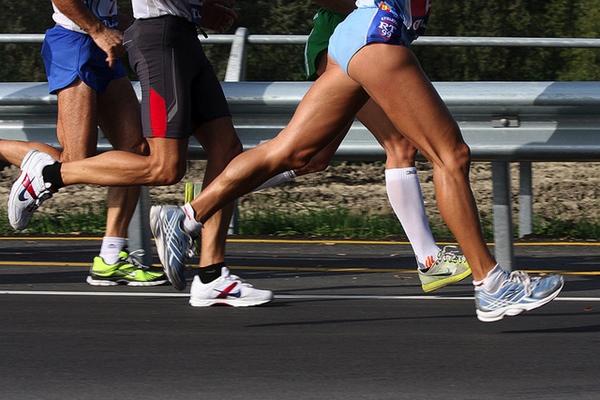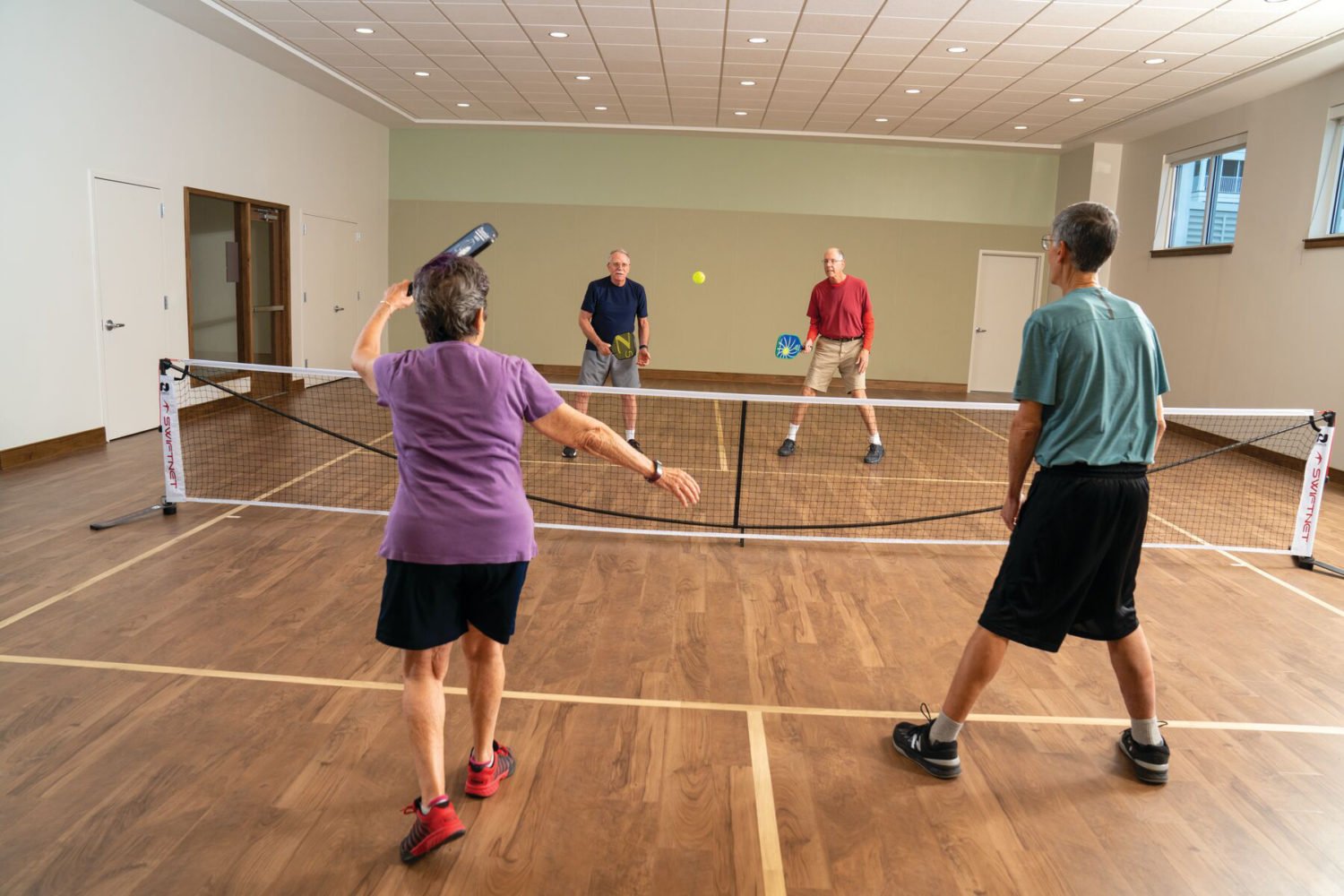Got shin splints? You may need to switch up your running route. Photograph courtesy of Flickr user Roby Ferrari.
If you’re anything like me, the sound of people pounding on the treadmill is almost as painful to my ears as nails on a chalkboard. But while you’re wincing now, the pain they’ll soon feel in their legs from shin splints may be enough of a scolding.
Shin splints are one of the most common injuries that occur among athletes, especially among runners. They cause a dull, nagging ache along your shins, which become painful to the touch. If not treated properly—and often they are not—they can lead to even more serious injuries like stress fractures.
We asked Maryland-based physical therapist Dr. Jamey Schrier of Schrier Physical Therapy for his expert advice on preventing and treating every runner’s nemesis.
What exactly are shin splints?
In simple terms, shin splints are a swelling or aggravation of the muscles, tendons, and soft tissues of the lower leg, as well as possible microfractures of the tibia.
Why do people get shin splints so often?
The most common cause of the shin splints is overuse or over-stress of the area. For many people—mostly athletes, and especially runners—when you run for long periods of time, or if you haven’t done a lot of exercise in a long time, you’re more likely to develop shin splints.
Some other causes are not having the proper footwear and poor mechanics of your foot. For example, a lot of people have flat feet, which makes your foot more unstable. A flat foot places increased stress on the front part of your leg, in the shin area.
What can people with flat feet do to avoid shin splints?
The best thing to do is make sure you have proper footwear. Check to see if you need orthotics—and going to the store is not the way to do it. You have to see a physical therapist, who can really analyze you and evaluate you as a candidate for orthotics.
What else can people do to prevent injury?
Have a specific stretching program that increase mobility in areas of the body where you may be limited. Also, warming up is really important. And be mindful of the activity you’re doing. If you always run on the same side of the street in the same manner, over time your feet adapt to that. Switch things up.
How can you treat shin splints once you get them?
In my experience, the standard treatment is icing the shins for 20 to 30 minutes to reduce pain and inflammation, and using regular over-the-counter pain medications.
If that doesn’t work after two weeks, it’s absolutely essential to see a physical therapist. They may use different techniques to relieve some of the leg’s tissues, including electrical stimulation.
What kind of exercises can you do while recovering from shin splints?
I keep referring back to runners, because they’re the most common population to get shin splints. They’re fanatic about running—they will bust through anything. It’s hard to bring them back and say, “You gotta take it easy.”
But there are alternative forms of exercise you can do. A lot of times, I recommend cycling, swimming, or things that reduce the pounding. You can still do things to stay in shape, rather than saying, “You know what, I’ll just rest completely.”
Have a burning question for a medical expert? Email wellbeing@washingtonian.com—we’ll keep you anonymous!













